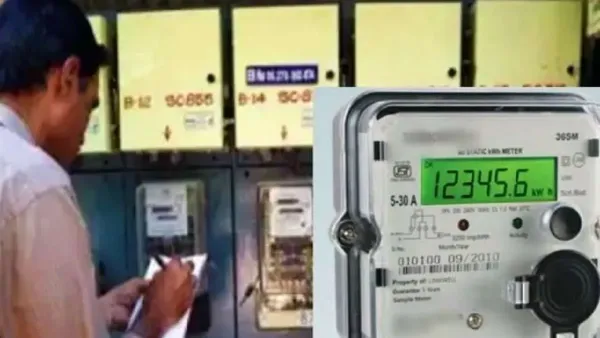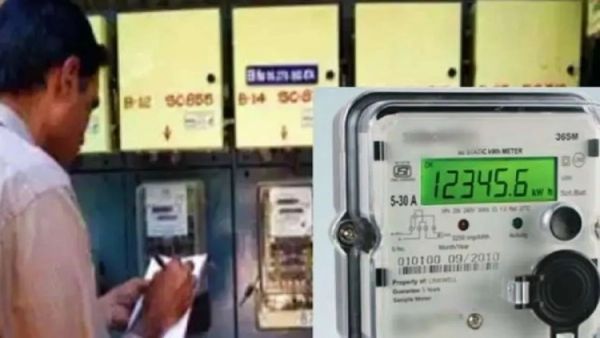
The Time of Day (TOD) price structure, which the Uttar Pradesh Power Corporation Limited (UPPCL) proposed as a new traffic regulation, has the potential to drastically change residential users’ power bills. According to the idea, power prices would fluctuate seasonally, being lower during off-peak hours and higher during times of peak demand. To use this system, consumers will need smart meters.

Electricity would be less costly in the mornings and more expensive in the late evening and nighttime throughout the summer (April to September). On the other hand, rates would be lower in the early morning and higher from the evening until midnight throughout the winter months of October through March. Compared to present prices, these revisions may result in price swings of 10% to 20%.
Industrial customers are already using the TOD system, where summer power costs are 15% lower from 5 to 10 am and 15% higher from 7 pm to 3 am. Rates are 15% higher in the winter between 5 and 11 p.m. and 15% lower between 11 p.m. and 5 a.m. With the exception of 1.5 million agricultural connections, the new rule suggests applying this concept to all consumer categories.
According to government orders, TOD must be implemented by April 1, 2025, under the Electricity Act. However, experts estimate that up to 70% of the 2.85 crore home customers in the state may see a rise in power rates of up to 20% as a result of the shift.
Costs for household users may be made worse by seasonal fluctuations in patterns of power usage. For instance, homes are likely to use more energy during peak demand hours when power costs are higher. On the other hand, cheaper rates during off-peak hours are usually associated with lower household usage. This discrepancy implies that even while the TOD system has the potential to increase energy efficiency, residential users may be disproportionately burdened.